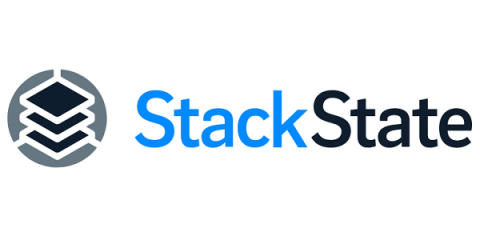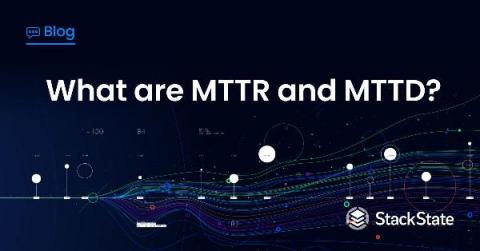Why the role of the CIO is constantly changing and challenging
Back in the days, the role of the CIO was relatively clear: the focus was on deploying, managing, and maintaining IT systems across the organization. The CIO’s responsibilities started to blur when end-users became more tech-savvy - around the millenium. Reasons were that ‘they can now get their own technology and don’t need IT to do it for them’. This even led to the much-repeated “death of the CIO meme”.











